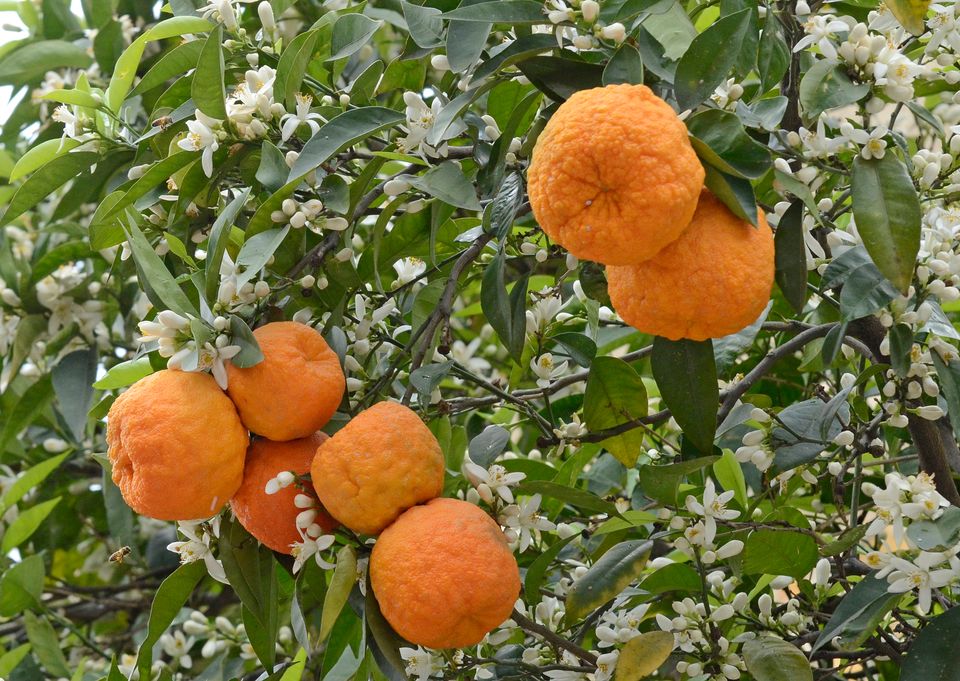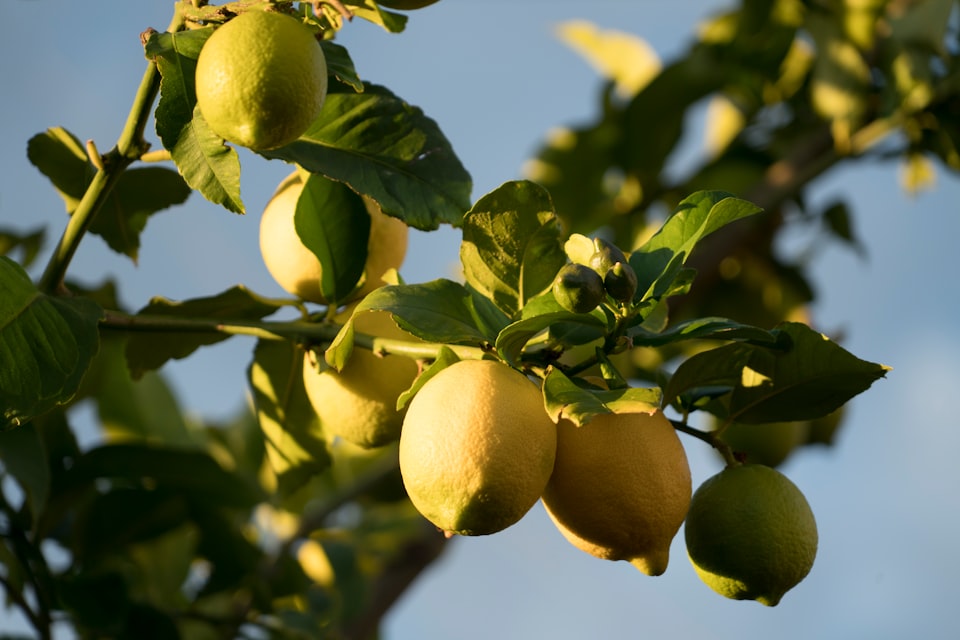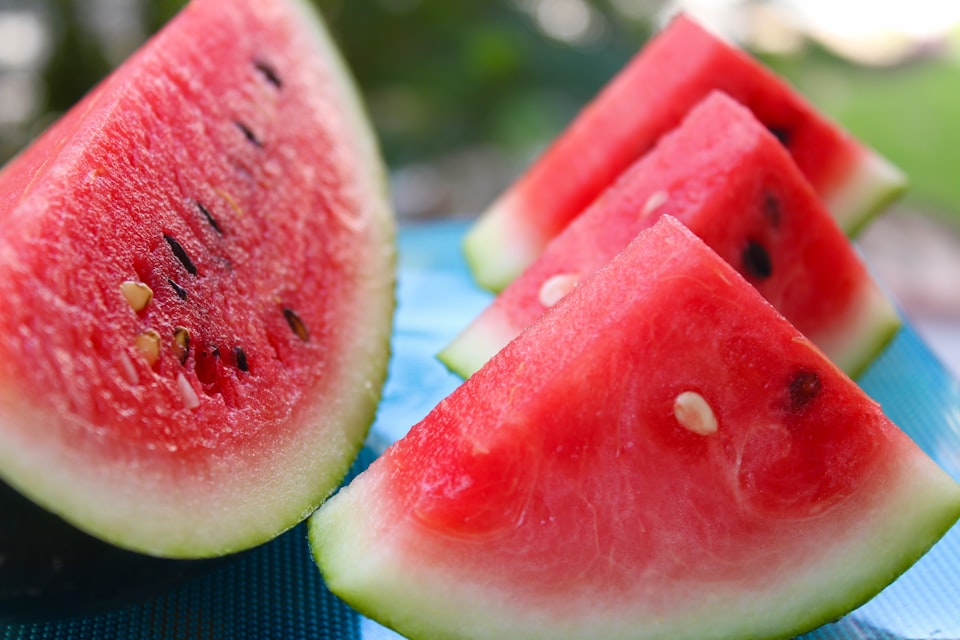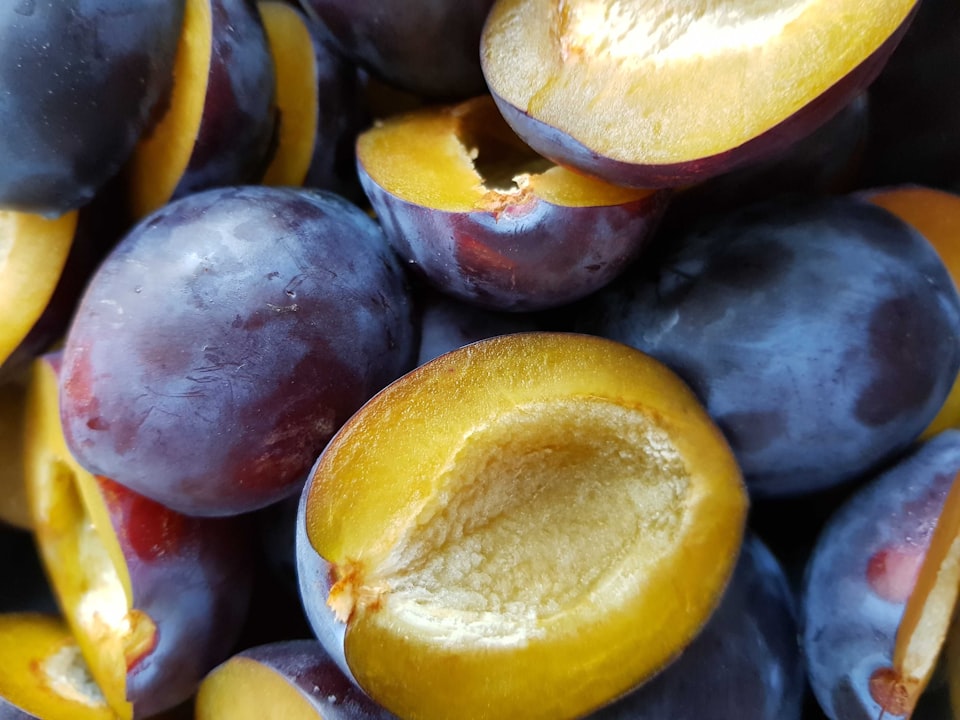III: Melon
How Jean-François Melon predicted the Cold War
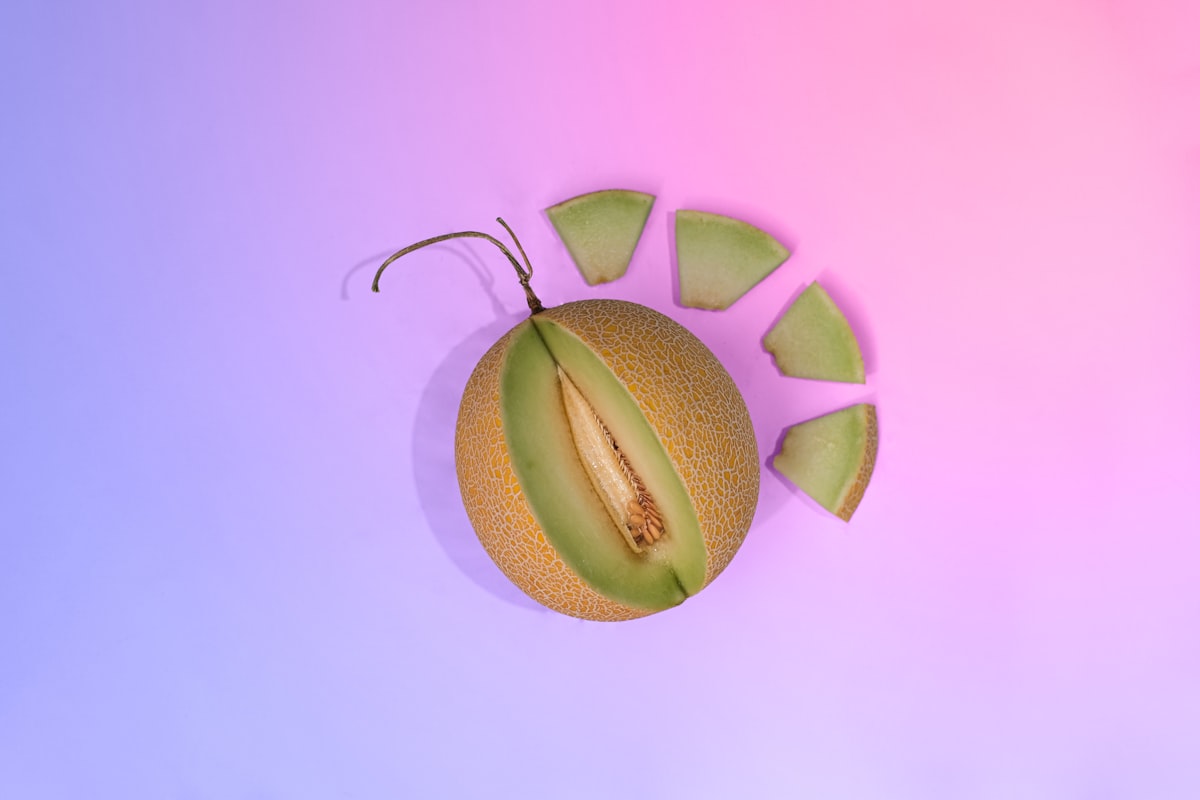
Good morning. Today is tridi, the 3rd of Thermidor, Year CCXXXI. We celebrate le melon, a sweet and juicy gourd.
Jean-François Melon was an economist who pushed forward the frontiers of capitalist thought in a way that echoes today but also teed up the great debate about economic liberty that eventually created the French revolution. His stance, in short, was that luxuries are a necessary component of a strong nation, and that free trade in staple commodities would help an economy achieve more luxuries. While this theory has underpinned the dominant economic policies of the United States for the duration of its existence, it had a particularly warped view when proposed at the start of the 18th century, when a luxury-obsessed monarchy dominated France and England fought with tremendous military might against any notion of free trade. One generation's situational political positions became an unquestioned economic philosophy for a powerful nation state centuries later.
